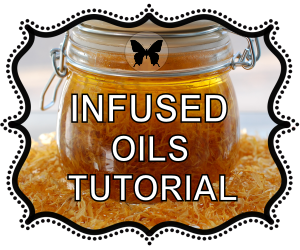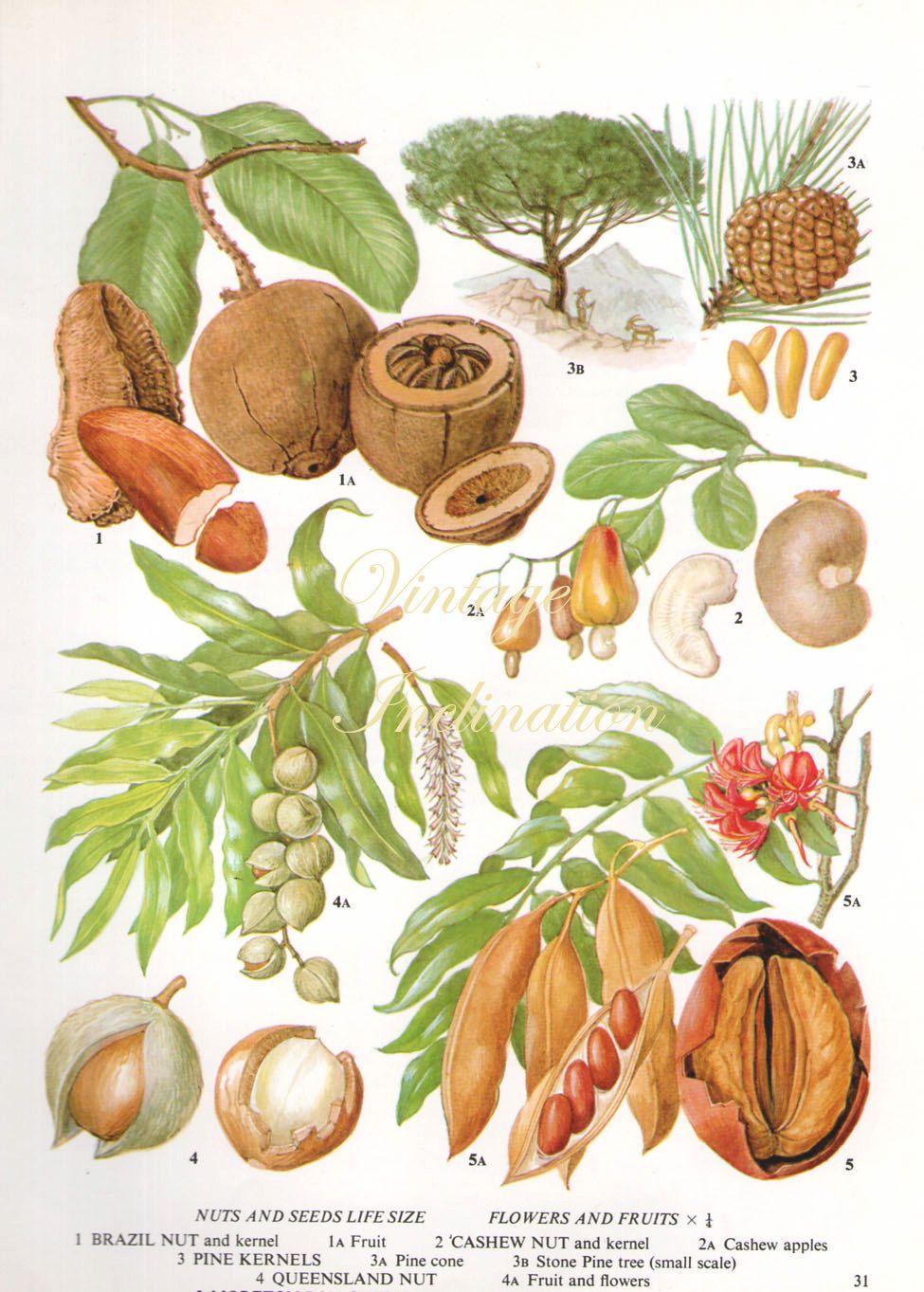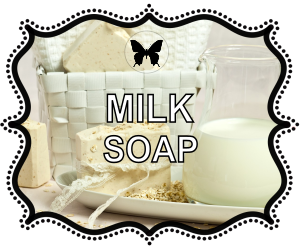

Table of Contents
How to Use Macadmaia Nut Oil



MACADAMIA NUT OIL
Macadamia nuts come from the macadamia tree, which is native to Australia. The nuts are highly prized for their rich, buttery flavor and smooth texture. There are two main species of macadamia trees—Macadamia integrifolia and Macadamia tetraphylla. The nuts from these trees are very similar, and both are commonly cultivated for commercial production. Macadamia nuts are indigenous to the rainforests of eastern Australia, where they have been consumed by indigenous Australians for centuries. Today, macadamia trees are grown in various tropical and subtropical regions around the world, including Hawaii, California, South Africa, New Zealand, and parts of Central and South America. These regions provide the warm climate and well-drained soil that macadamia trees prefer. Macadamia nuts are known for their rich, sweet flavor and high fat content. They are often consumed as snacks, used in baking, or included in various dishes. Macadamia nut oil, extracted from the nuts, is also used in cooking and cosmetics. Macadamia nuts are a good source of healthy monounsaturated fats, as well as other nutrients such as manganese and thiamine. However, like all nuts, they are calorie-dense, so consumption should be moderate.

Key Features of the Macadamia Nut
What is Macadamia Nut Oil Used For?
Macadamia nut oil is a versatile and flavorful oil that is used for various culinary and cosmetic purposes. Here are some common uses of macadamia nut oil:

SAPONIFICATION VALUE OF MACADAMIA NUT OIL: 190-200
Saponification Values and Why They Vary
- NaOH – Sodium Hydroxide Multiplyer (oz): 0.14
- KOH – Potassium Hydroxide Multiplyer (oz): 0.197
- Quick and Easy – Use the Par Par Alkali Calculator
Keep in mind that these values can serve as a general guideline, and actual values may vary based on the specific characteristics of the macadamia nut oil being used. If you need precise information for a specific product or application, it’s recommended to refer to the supplier’s specifications or consult a reliable source for accurate data.
FATTY ACIDS COMPOSITION (Fatty Acid Fraction):
| Lipid | Fatty Acid | Range | Typical | Soap Property |
|---|---|---|---|---|
| C18:2 | Linoleic | 7.0 - 30.0 % | 21.0 % | Conditioning, Moisturizing, Silky Lather |
| C18:1 | Oleic | 62.0 - 86.0 % | 70.0 % | Conditioning, Moisturizing |
| C16:0 | Palmitic | 4.0 - 9.0 % | 5.5 % | Hardness, Stable Creamy Lather |
IODINE VALUE: 70-130
The iodine value of an oil is a measure of the amount of iodine that can be absorbed by the oil, indicating its degree of unsaturation or the presence of double bonds in the fatty acid chains. Iodine affects the hardness and conditioning qualities of soap. The lower the Iodine Value, the less conditioning and harder the soap batch will be. Therefore a soap recipe with iodine values higher than 70 will tend to produce a softer batch of soap. The iodine value is expressed in grams of iodine absorbed by 100 grams of the oil. The iodine value of candlenut oil can vary, and specific values may depend on factors such as the source of the oil and the extraction method. Generally, the iodine value for sweet almond oil falls within the range of approximately 70 to 130.
It’s important to note that iodine values are influenced by the fatty acid composition of the oil. Oils with higher iodine values tend to be more unsaturated and may have a greater susceptibility to oxidation. If you need precise information for a specific product or application, it’s recommended to refer to the supplier’s specifications or consult a reliable source for accurate data.
INCI: Macadamia Ternifolia Seed Oil

PROPERTIES OF MACADAMIA NUT OIL:
Macadamia nut oil possesses several properties that make it valuable for both culinary and cosmetic applications. Here are some key properties of macadamia nut oil:
- Fatty Acid Composition:
- Macadamia nut oil is rich in monounsaturated fats, particularly oleic acid. Monounsaturated fats are considered heart-healthy and can contribute to a balanced diet.
- Antioxidant Content:
- The oil contains antioxidants, including tocopherols (vitamin E), which help combat oxidative stress and may contribute to skin health.
- High Smoke Point:
- Macadamia nut oil has a high smoke point, making it suitable for cooking methods that require higher temperatures, such as frying and sautéing.
- Emollient and Moisturizing:
- In cosmetic applications, macadamia nut oil is known for its emollient properties. It helps soften and moisturize the skin, making it a popular ingredient in skincare products.
- Lightweight and Non-Greasy:
- The oil has a light and non-greasy texture, making it easily absorbed by the skin. This makes it a good choice for facial and body oils, as it provides hydration without leaving a heavy or oily residue.
- Nutrient-Rich:
- Macadamia nut oil contains essential nutrients such as thiamine (vitamin B1), manganese, copper, and iron. These nutrients play various roles in supporting overall health.
- Mild and Pleasant Aroma:
- The oil has a mild, nutty aroma that adds a pleasant fragrance to cosmetic products and can enhance the sensory experience of using them.
- Conditioning for Hair:
- Macadamia nut oil is used in hair care products for its conditioning properties. It helps nourish and moisturize the hair, contributing to smoothness and manageability.
- Stability:
- Macadamia nut oil has good stability due to its low polyunsaturated fat content. This makes it less prone to oxidation and rancidity, contributing to a longer shelf life.
- Versatility:
- Macadamia nut oil is versatile and can be used in various applications, including cooking, baking, salad dressings, massage oils, skincare products, and hair care formulations.
- Absence of Cholesterol:
- Macadamia nut oil is naturally cholesterol-free, which aligns with dietary recommendations for heart health.
These properties collectively make macadamia nut oil a popular choice in both the culinary and cosmetic industries, and it is often utilized for its health benefits and versatile applications.

COLOR, VISCOSITY & AROMA
Cautions: While macadamia nut oil is generally considered safe for consumption and topical use, there are a few cautions and considerations to keep in mind:
- Allergies:
- Individuals with nut allergies should exercise caution when using macadamia nut oil, as it is derived from nuts. While macadamia nut allergies are relatively rare, it’s crucial for those with known nut allergies to consult with a healthcare professional before incorporating macadamia nut oil into their diet or skincare routine.
- Sensitivity:
- Some individuals may be sensitive or allergic to specific components in macadamia nut oil. Before using it on the skin or hair, especially in cosmetic formulations, it’s advisable to perform a patch test. Apply a small amount of the oil to a small area of skin and monitor for any adverse reactions, such as redness or irritation.
- Storage:
- Macadamia nut oil is susceptible to oxidation, which can lead to rancidity. It’s essential to store the oil in a cool, dark place away from heat and direct sunlight. Ensure the container is tightly sealed to minimize exposure to air.
Always follow the recommended usage guidelines provided by the product manufacturer, whether you’re using macadamia nut oil in culinary or cosmetic applications. If you have specific health concerns or conditions, it’s best to seek advice from a healthcare professional to ensure that the use of macadamia nut oil aligns with your individual health needs.
Disclaimer: All information, appearing herein is based upon data that are believed to be reliable. However, it is the user’s responsibility to determine the suitability of the product before use. Since the actual use of the product is beyond our control, no guarantee, express or implied, is made by Par Par Soaps & Cosmetics of the product nor does Par Par Soaps & Cosmetics assume any liability arising out of use, by others, of the product, referred to herein.
Fatty Acid Composition Source: https://pubchem.ncbi.nlm.nih.gov/
Making Homemade Soap with
Sweet Almond Oil
S weet almond oil is a popular choice in soapmaking due to its mild properties and skin-nourishing characteristics. Here are some considerations and benefits of using sweet almond oil in soapmaking:
Soap Making Tip:
When you are purchasing ingredients, pay close attention to whether the ingredient is being sold by weight or by volume. The measurements for this recipe are by weight, and may not be equal to the volume measurement of the same number. For example, eight ounces of carrier oil by volume (1 cup) may weigh less than 8 ounces on a scale. If you are purchasing ingredients by volume, order a little more than what the recipe calls for in weight.
Almond Coconut Soap Recipe
Soap weight before CP cure or HP cook – 1.5 LBS
How to Size a Recipe to Your Mold
Ingredients (measured by weight)
3.2 Ounces (90.72g) Sweet Almond Oil (20%)
1.6 ounces (45.36g) Castor Oil (10%)
4.8 ounces (136.08g) Coconut Oil 92 Degree) (30%)
6.4 (181.44g) ounces Olive Oil (10%)
2.28 ounces (64.55g) Sodium Hydroxide (NaOH/Lye)
6.08 ounces (172.36g) of water (38% of Oils)
.5 ounce (14.18g) Coconut Essential Oil (optional)
Four tablespoons Almond Flour
Directions
Start by double-checking this recipe in the Par Par Lye Calculator or in another soap calculator that you know and trust.
1. Prepare and dress in suitable clothes that cover your legs, feet, and arms thoroughly. Gather your equipment, ingredients, and safety gear in a clean, secluded workspace where no one will be coming in and out. Keep children and pets out of your workspace at all times. If you are new to soap making, read our article Make Soap Safely
2. Choose your soap mold. If you are using a wood mold, line it with wax paper and set it aside. It is not necessary to line a silicon mold.
3. Put on your safety gear, such as your goggles and safety mask. Next, carefully measure and divide all of your ingredients using an accurate scale.
4. Add the water to a deep, heat-proof container with high walls. Next, add the lye and allow it to dissolve. Be careful not to breathe in the fumes as the chemical mixes with the water. Set the mixture aside in a safe place, then move on to the next step.
5. Melt the Coconut Oil until it reaches about 100 – 110F degrees. Add Argan Oil, Olive Oil, and 6.4 ounces of the Sweet Almond Oil to the pot and remove it from heat.
Mixing the Lye and Oils
6. Measure the temperature of the lye mixture when it comes down below 110F check the temperature of the oil again. When both the lye mixture and the mixture of oils fall between 90 – 110F, they can be mixed.
7. Add the lye mixture into the melted oils and then begin stirring. Using an immersion blender (also called a stick blender) will speed this process up quite a bit. Stir until you achieve “trace.” Trace is when the mixture is thick enough to drizzle a trail across its surface, similar in consistency to a pudding or custard.
8. When the soap reaches trace, add the remaining 1.6 ounces of Sweet Almond Oil and the coconut essential oil. Stir again for about one minute to make sure the ingredients are well combined. Stir the Almond Flour in next using a spoon or spatula instead of the blender.
9. Pour the soap into your soap mold, tapping it gently to make sure it distributes evenly. Cover the top with plastic wrap, and if the mold has a top, put the lid on. Wrap the mold in a towel or a blanket and allow it to harden for 24 hours.
Curing the Soap
10. After 24 hours, the soap should have hardened enough for the soap to me un-molded. If it still seems soft, give the soap another 24-48 hours before trying again. Gently tap or turn the soap loaf from your mold, then slice it into bars. Set the bars on a cooling/drying rack somewhere cool and dry.
The soap will cure in four to six weeks. Leaving the soap to cure for the full six weeks will result in a soap that is harder and milder.
For more detailed instructions on making Cold Processed Soap, please check out our first tutorial, How to Make Cold Processed Soap.
| Soap Bar Quality | Range | This Recipe |
|---|---|---|
| Hardness | 29-54 | 32 |
| Cleansing | 12-22 | 20 |
| Conditioning | 44-69 | 63 |
| Bubbly | 14-46 | 29 |
| Creamy | 16-48 | 21 |
| Iodine | 41-70 | 63 |
| INS | 136-165 | 148 |
| Fatty Acid Content | Value |
|---|---|
| Lauric | 14 |
| Myristic | 6 |
| Palmetic | 10 |
| Stearic | 2 |
| Ricenoleic | 9 |
| Oleic | 45 |
| Linoleic | 9 |
| Lenolenic | 0 |










